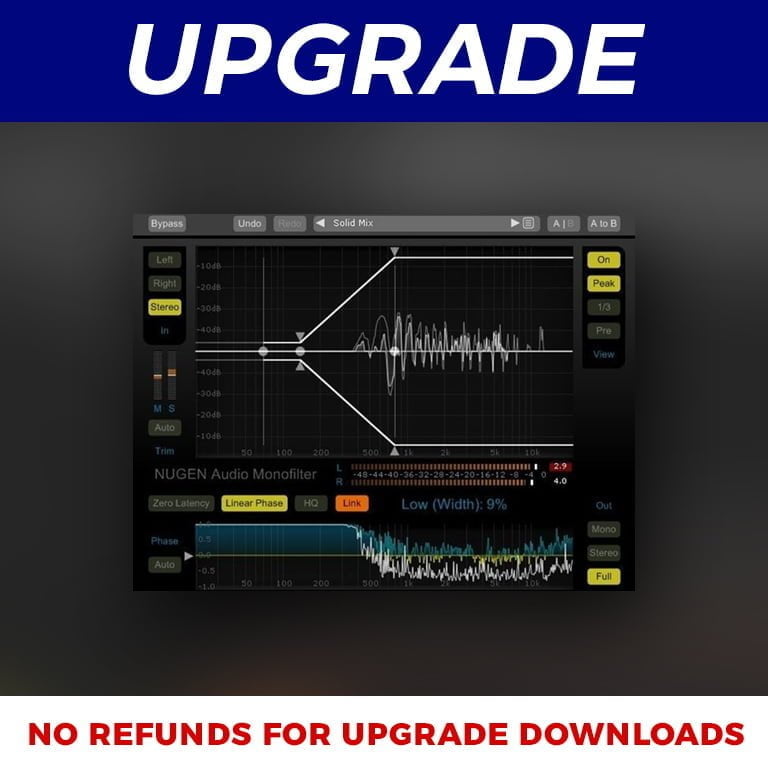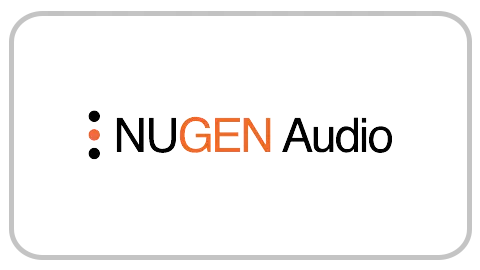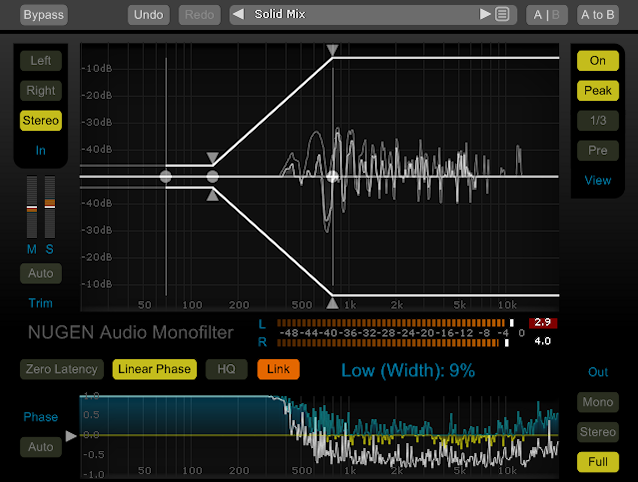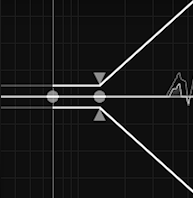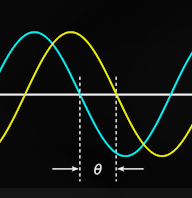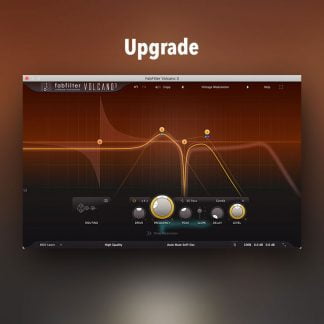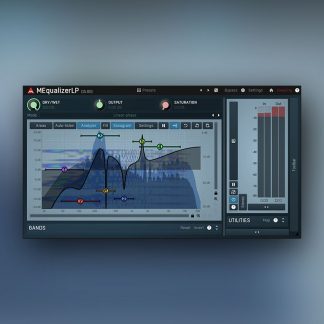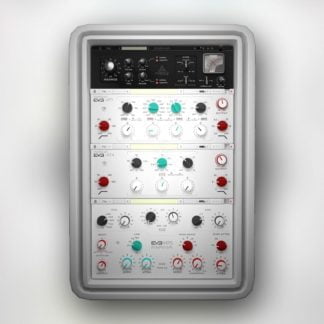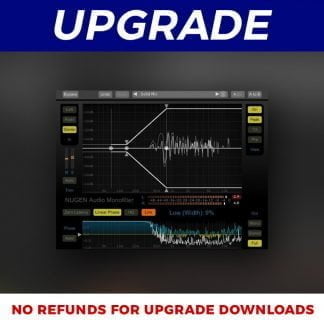- Independent mono & stereo trim
- Stereo spectrum analysis
- Zero Latency option
- Linear Phase option
- HQ mode
- Phase correlation control
Detailed control

Monofilter offers powerful fine-tuning of your low end sounds and their interaction with higher frequencies. The plug-in’s highly tweakable parameters include a high pass filter, plus independent width control of user-defined high and low frequencies.
These width controls range from completely mono at their minimum point, to completely unchanged at their maximum. The changes are clearly displayed in an easily intuitive stereo width envelope.
Automatic phase alignment

Stereo effects which use phase shifting can cause cancellations and superpositions of certain frequencies when played back in mono. Monofilter includes a Phase control which can correct phase imbalance below its threshold frequency by adjusting the phase of the L and R components being summed.
This function has an auto mode which can be especially useful for input signals with a dynamic phase shift.
For mixing and mastering
With multiple algorithm settings, you can easily choose the most appropriate for the task at hand, including zero-latency for recording and linear-phase for general mixing. Switch in HQ mode for ultimate definition during mastering.
Monofilter becomes especially useful when mastering for vinyl. Vinyl has difficulty reproducing stereo information in the low frequencies, and wide stereo frequencies in the bass can cause the needle to jump upon playback, so the track has to be cut at a lower level to compensate.
For live and recording
Monofilter’s Zero Latency algorithm has been designed with low CPU usage in mind, making it ideal for live and recording applications where low latency is essential. The ‘link’ control can be used to switch all Monofilter instances to the same algorithm simultaneously.
In a live context, you can use Monofilter to maintain even power distribution, and to reduce the width of hard-panned effects. This can be important in larger venues where many audience members’ listening experience may be dominated by a single speaker stack, leaving them unable to experience the full stereo image.
Playback systems
Different playback systems and mediums have different requirements and low frequency ranges. If the intended playback medium is known, then Monofilter can be adjusted to make full use of the available headroom and optimised to take into account the low frequency handling available. Some likely ranges are as follows
Laptop
Minimum frequency 200Hz;
TV
Minimum frequency 90Hz
Computer game 2.1 system
Minimum frequency 50Hz
Hi-fi
Minimum frequency 35-50Hz; low frequency crossover 80-150Hz
Home theatre
Minimum frequency 35Hz; low frequency crossover 80-160Hz
Club PA
Minimum frequency 20Hz; low frequency crossover 90-250Hz
Vinyl
Minimum frequency n/a; low frequency crossover 70-150Hz
Typical applications
- Bringing definition to weak bass
- Re-centering low frequencies
- Correcting phase issues
- Restoring old masters
- Mastering for vinyl
- Optimising for louder playback
- Ensuring mono-compatibility
- Fixing samples

